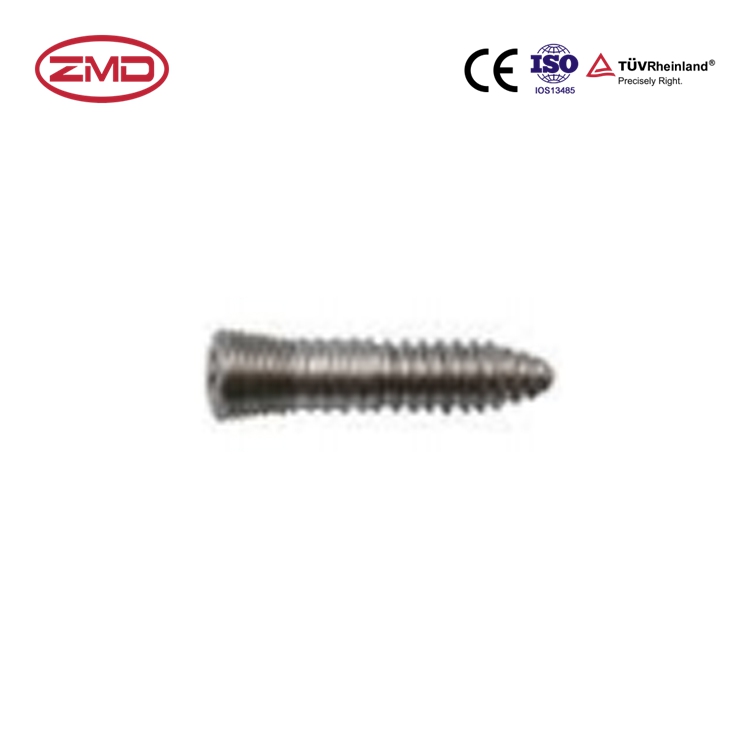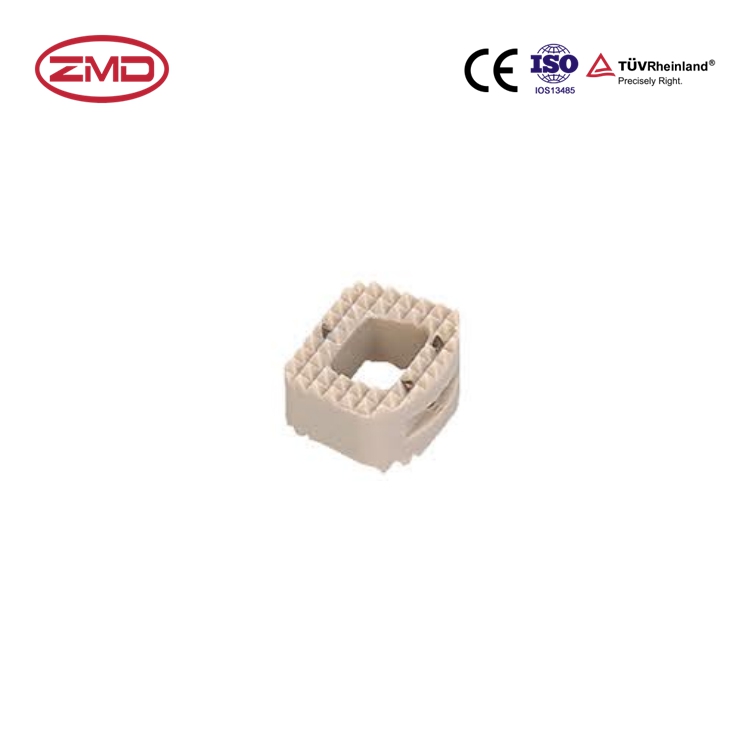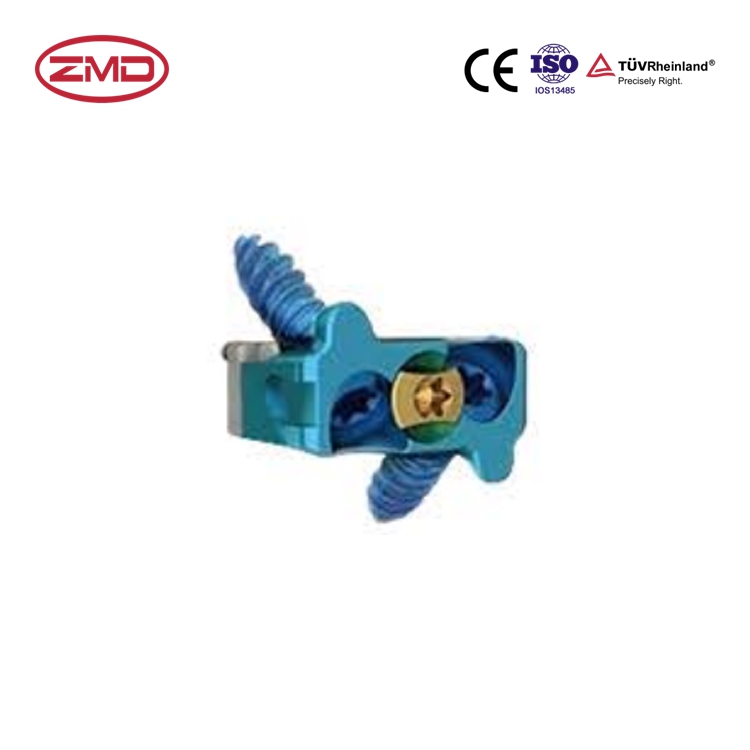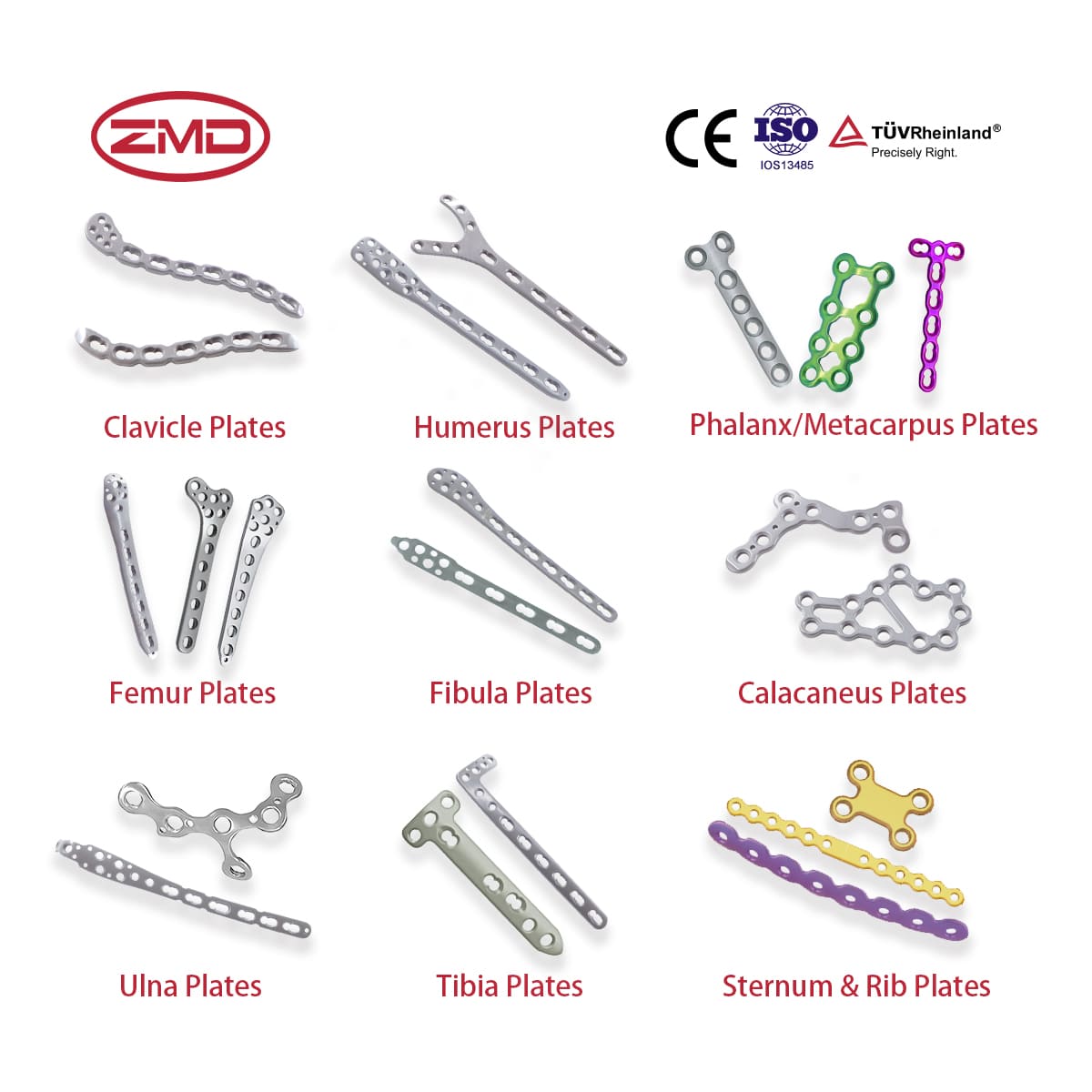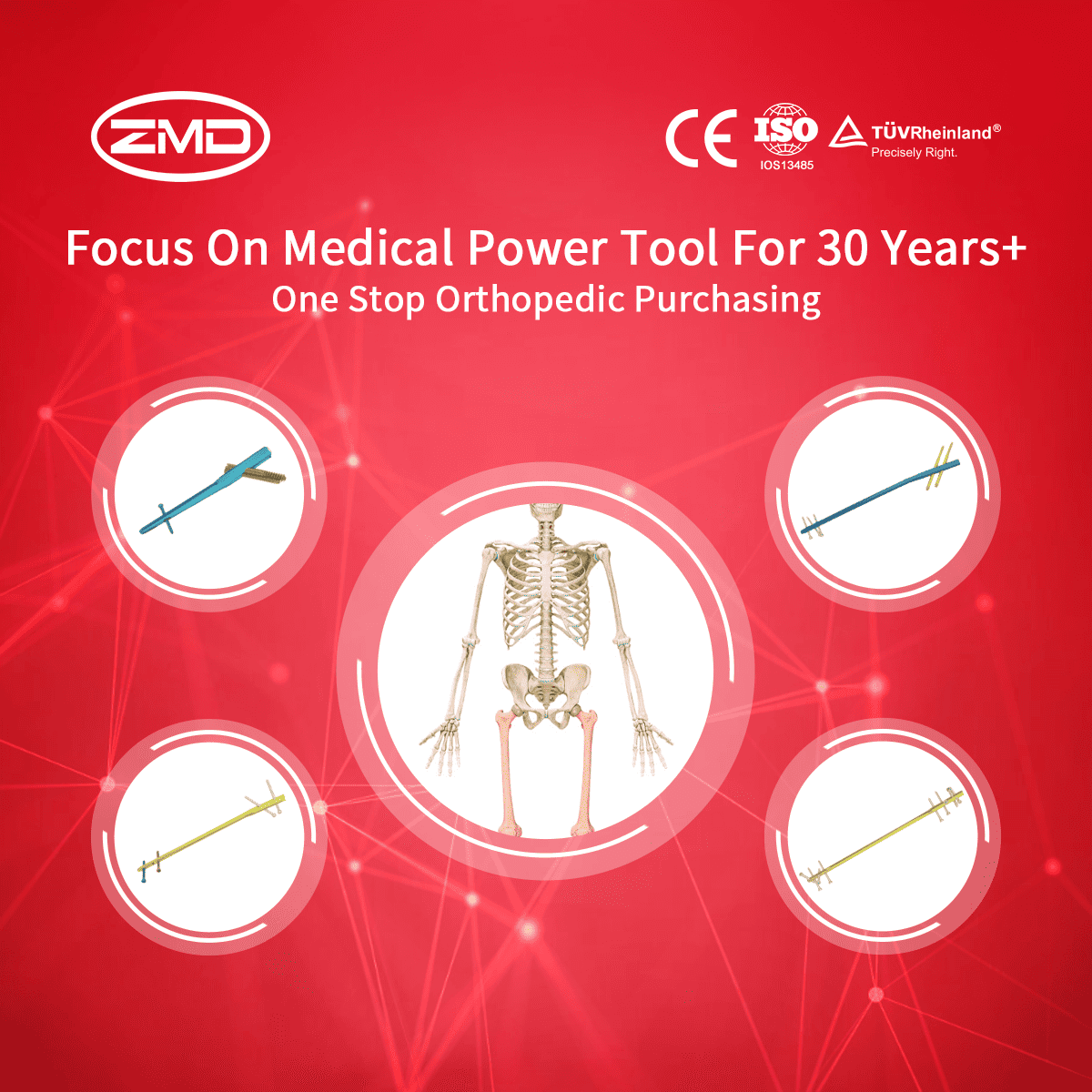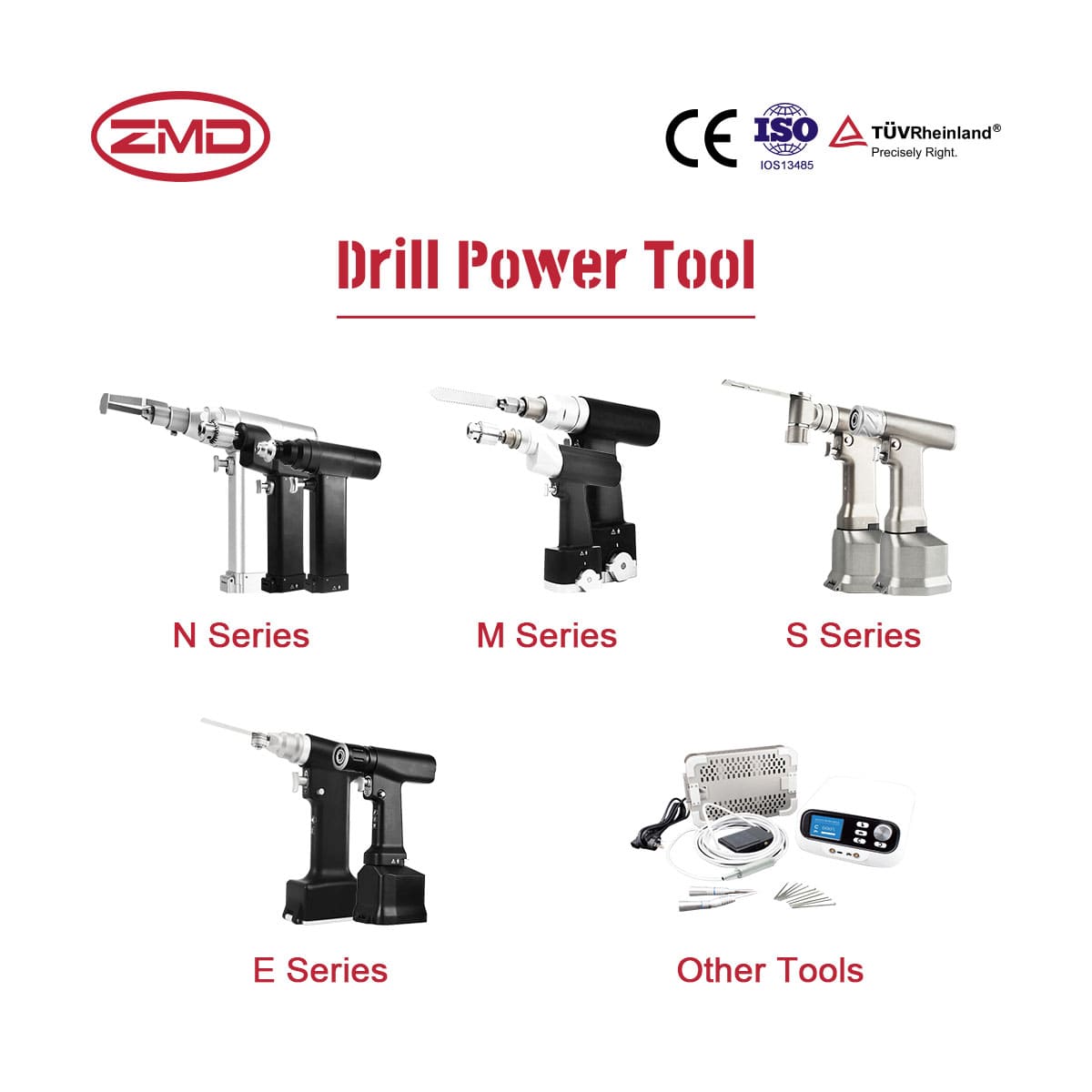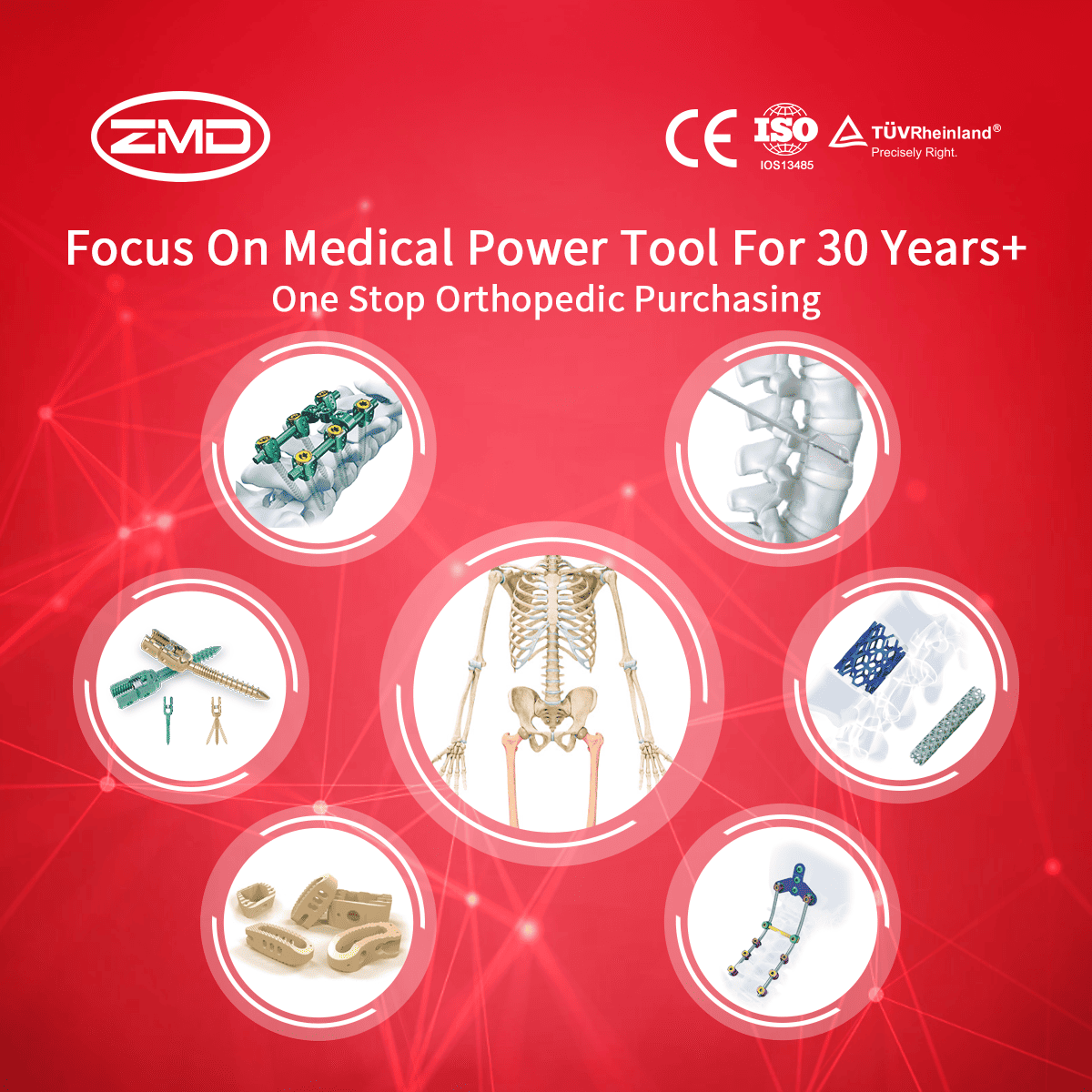Fusion Cage
ZMD
Orthopedic Products
Haven't been able to locate the product you're searching for yet?
If you're interested in more orthopaedic implant products, feel free to get in touch with our ZMD consultants.
What Are Fusion Cages?

Anterior Cervical Fusion Cages
Lumbar Vertebra Fusion Cages

When Are Fusion Cages Needed?
Fusion cages have become a cornerstone of spinal fusion surgery, providing a versatile and effective solution to restore spinal stability, correct misalignment, and promote bone fusion. Their ability to offer strong support, encourage bone growth, and integrate well with the body has made them a preferred choice for surgeons treating a wide range of spinal conditions.
Anterior Cervical Discectomy and Fusion (ACDF)
Posterior Lumbar Fusion (PLF)
Transforaminal Lumbar Interbody Fusion (TLIF)
Revision Surgery
Specific Indications for Fusion Cage Use
- Severe spinal instability: For patients experiencing significant instability due to conditions like degenerative disc disease, spondylolisthesis, or spinal fractures, the strong fixation provided by fusion cages can be highly beneficial. These cages help hold the spine in place, reducing the risk of further damage and facilitating the healing process.
- Complex spinal reconstructions: In complex reconstructions that involve multiple vertebrae or demand extensive instrumentation, fusion cages are often utilized. They contribute to the overall stability of the reconstructed spine, ensuring that the vertebrae remain properly aligned and the fusion is successful over the long term.
- Revision surgeries: As already mentioned, fusion cages play a crucial role in revision surgeries. They are vital for restoring stability and addressing issues related to implant failures or areas of instability, thereby improving the chances of a successful surgical result and better patient recovery.
Blog
International Women’s Day: Salute to the “She – Power” at ZMD
International Women’s Day: Salute to the “She – Power” at ZMD Amid the trends of “Intelligent Medical Devices” and “Minimally Invasive Medical Technologies”, ZMD thrives
Discover Innovation with Sunan Medical at AAOS
Discover Innovation with Sunan Medical at AAOS The American Academy of Orthopaedic Surgeons (AAOS) Annual Meeting is the premier event for orthopedic professionals worldwide, offering
Visit Us at Expomed Eurasia 2025: Discover Sunan Medical’s Innovations
Visit Us at Expomed Eurasia 2025: Discover Sunan Medical’s Innovations The 32nd Expomed Eurasia, taking place from April 24-26, 2025, at the Tüyap Exhibition and


